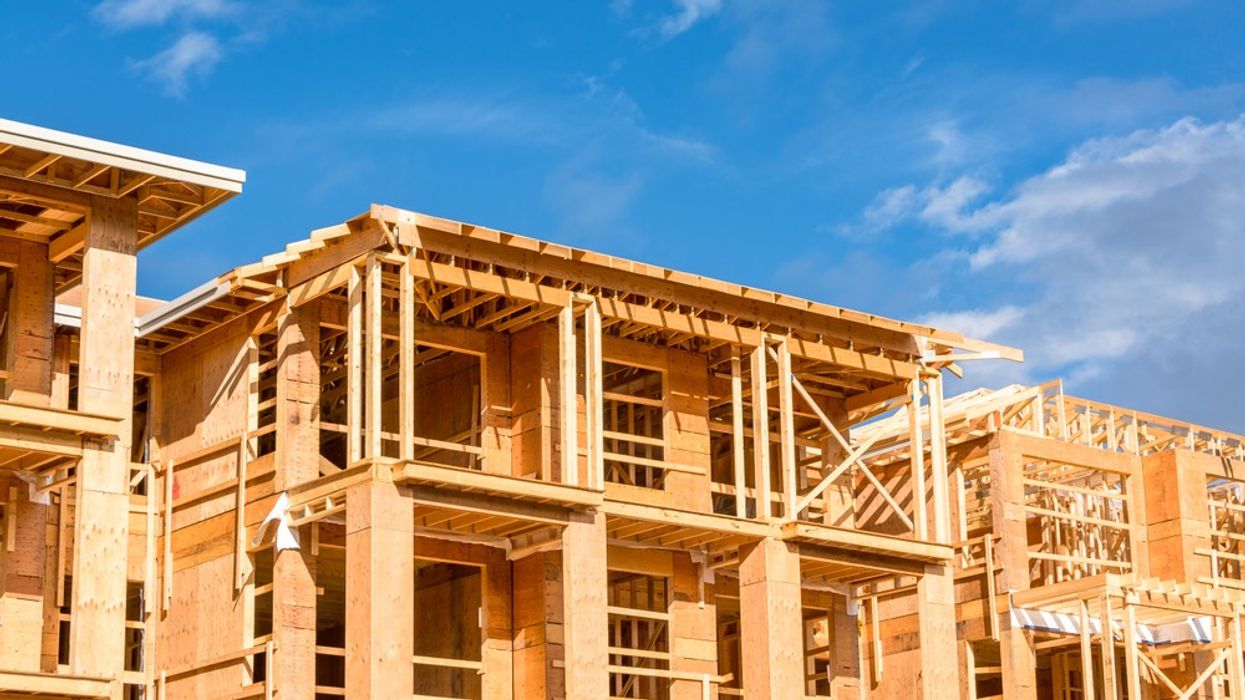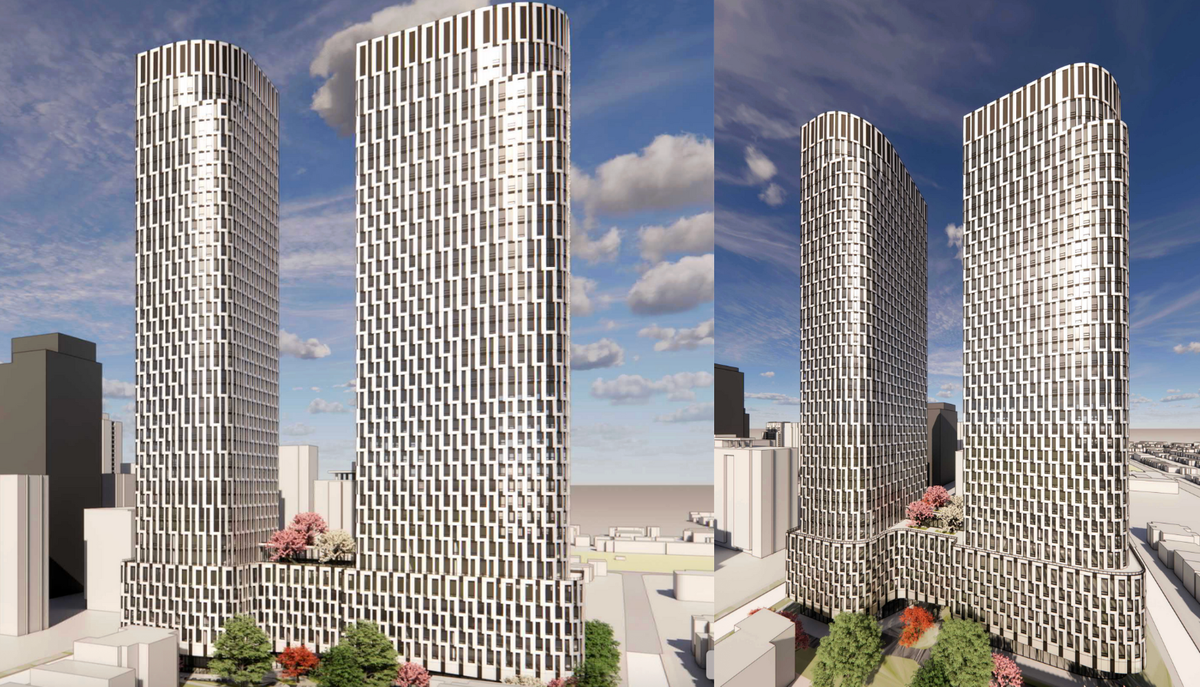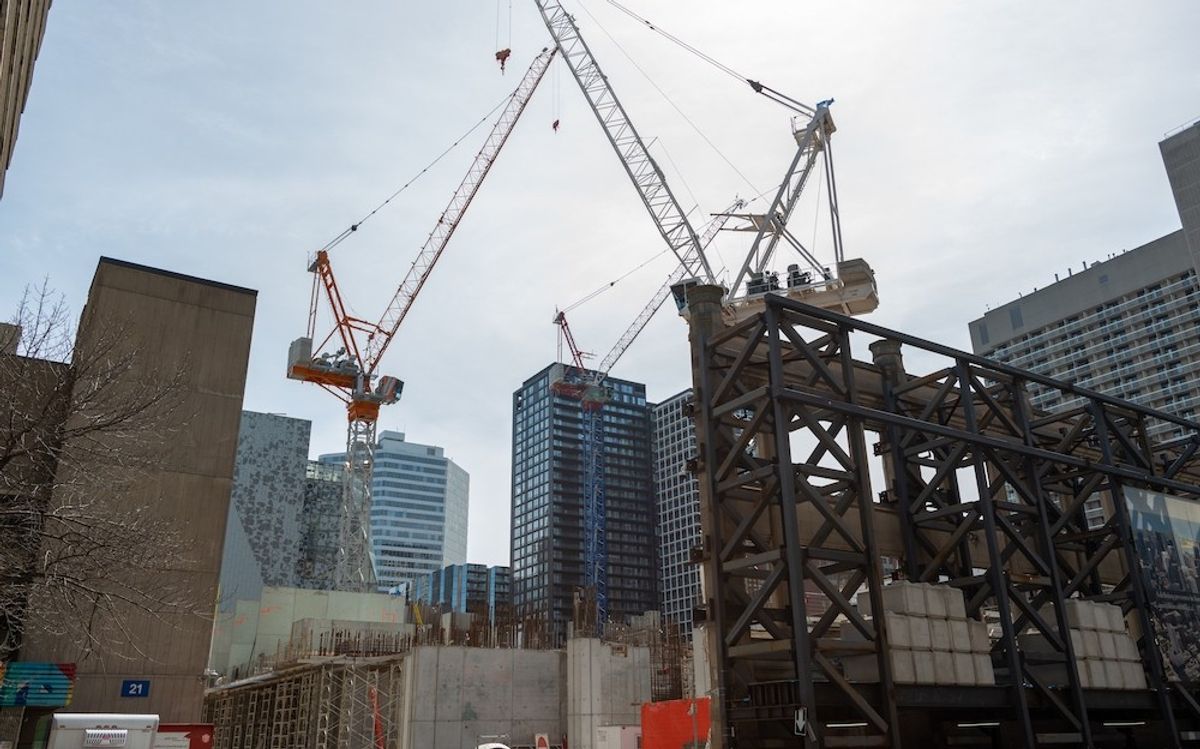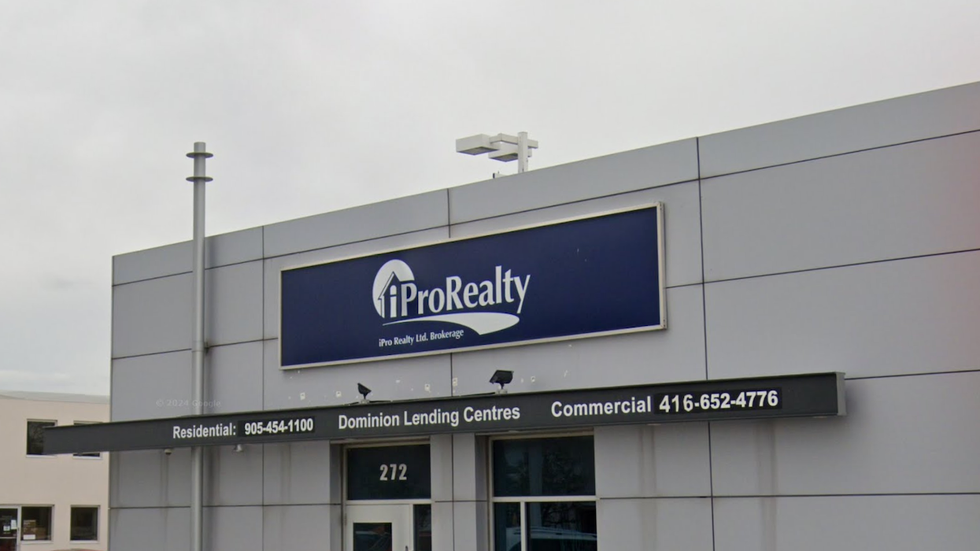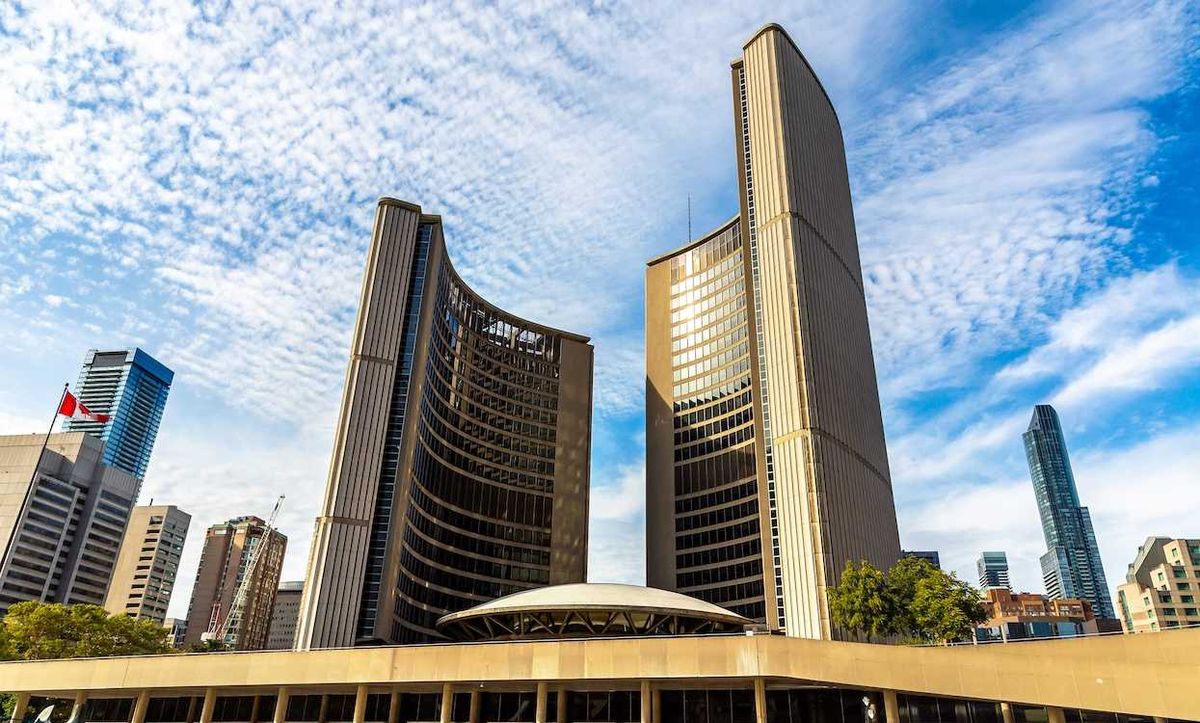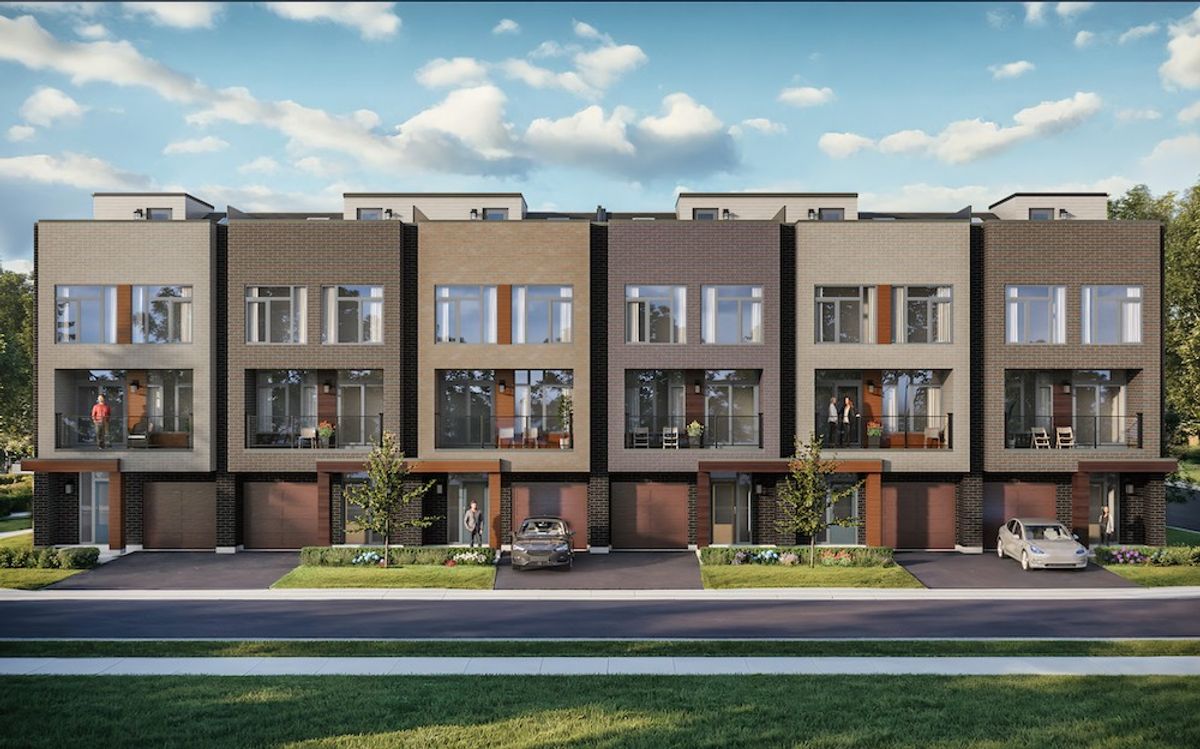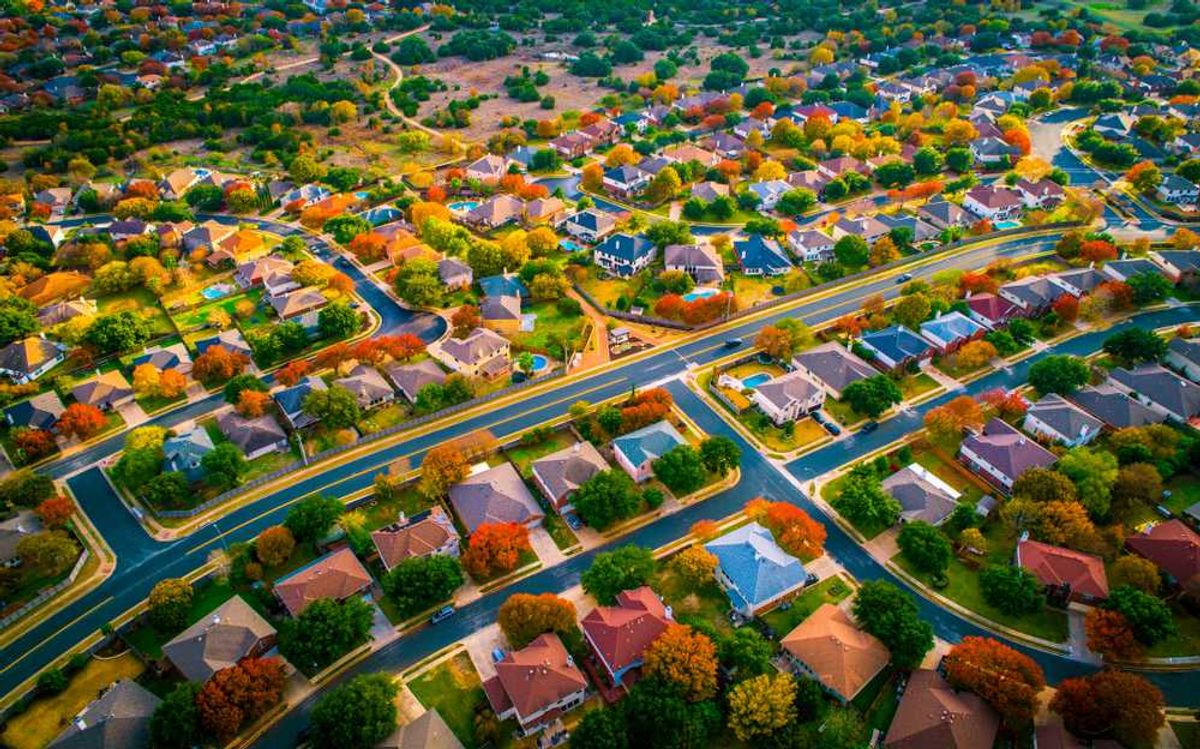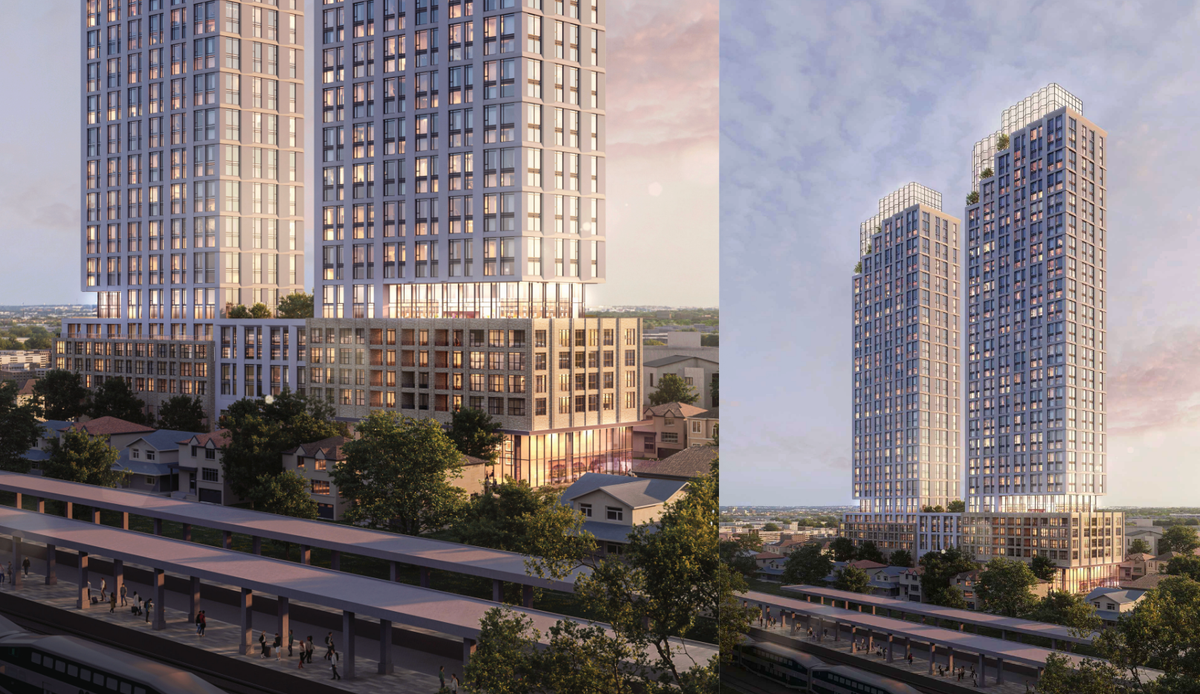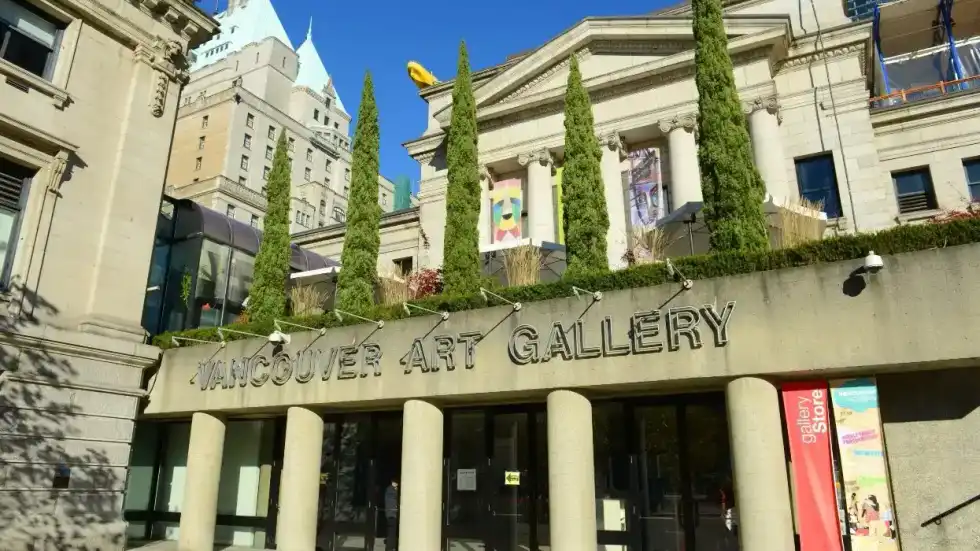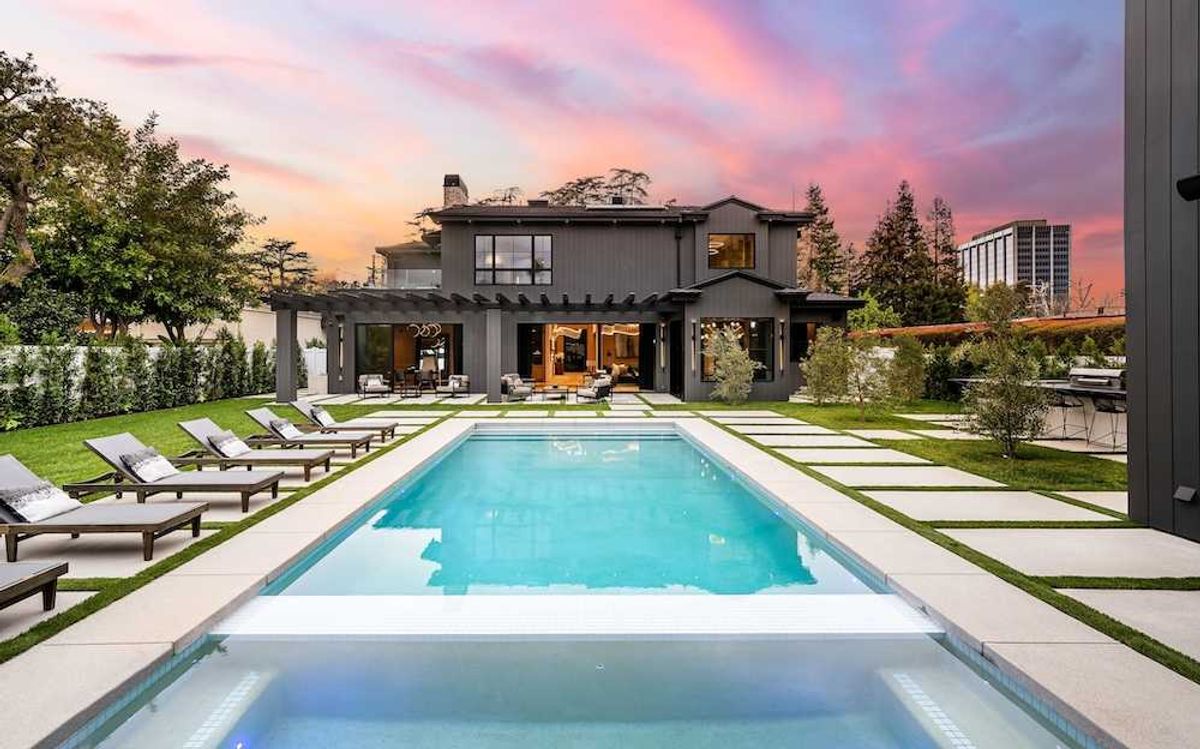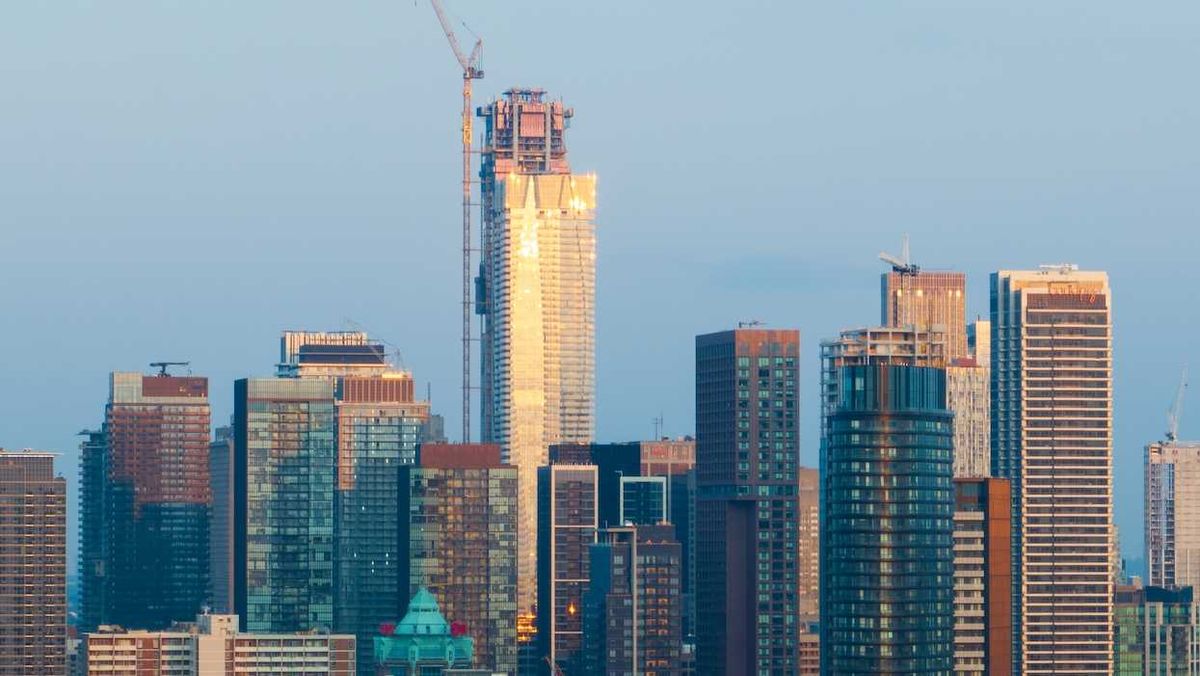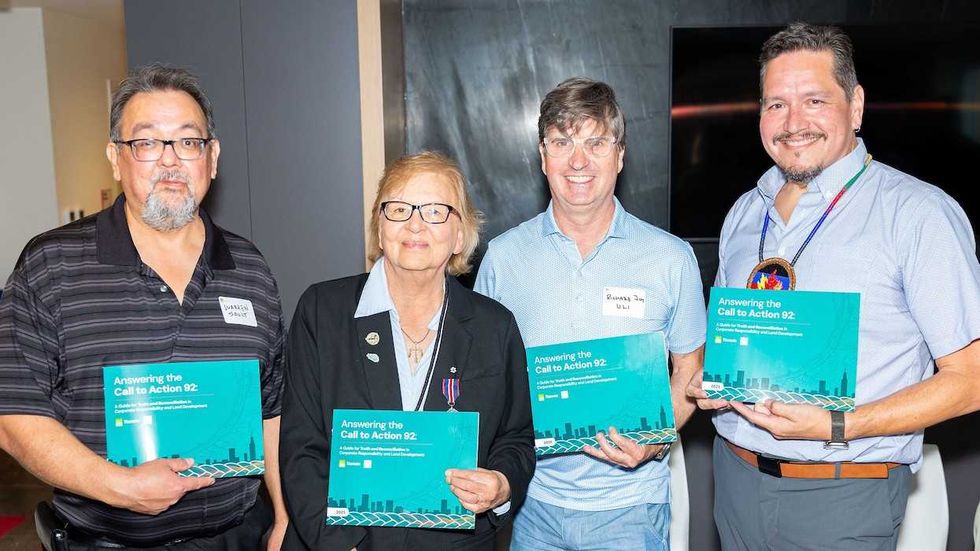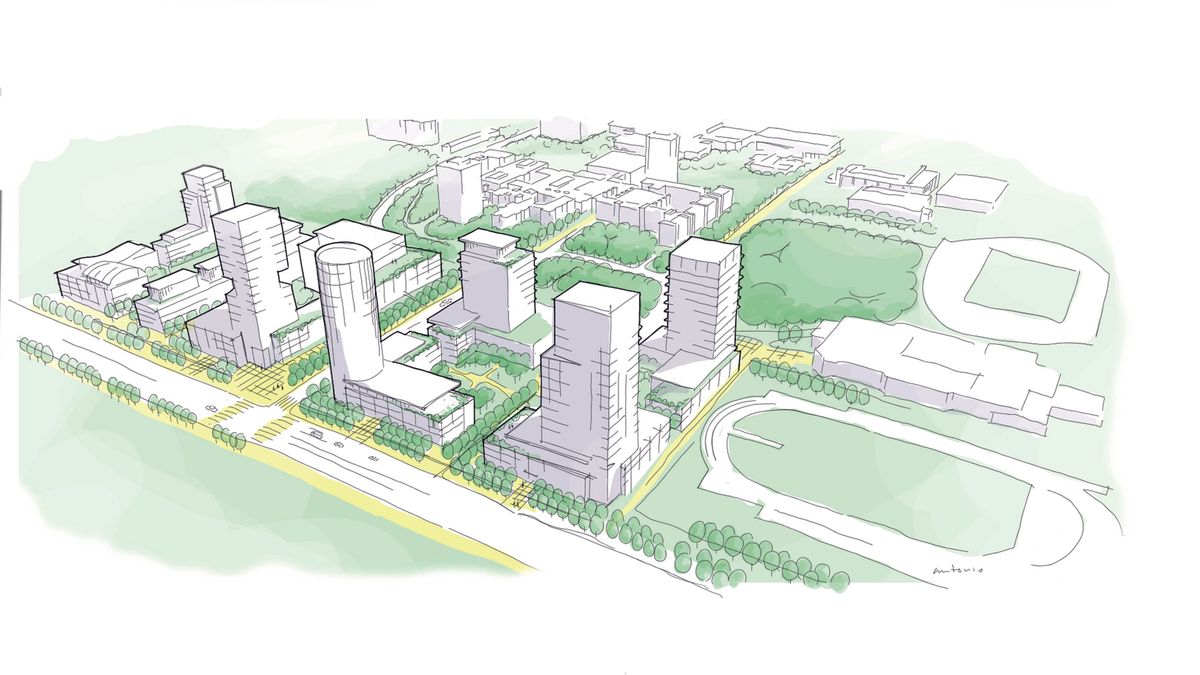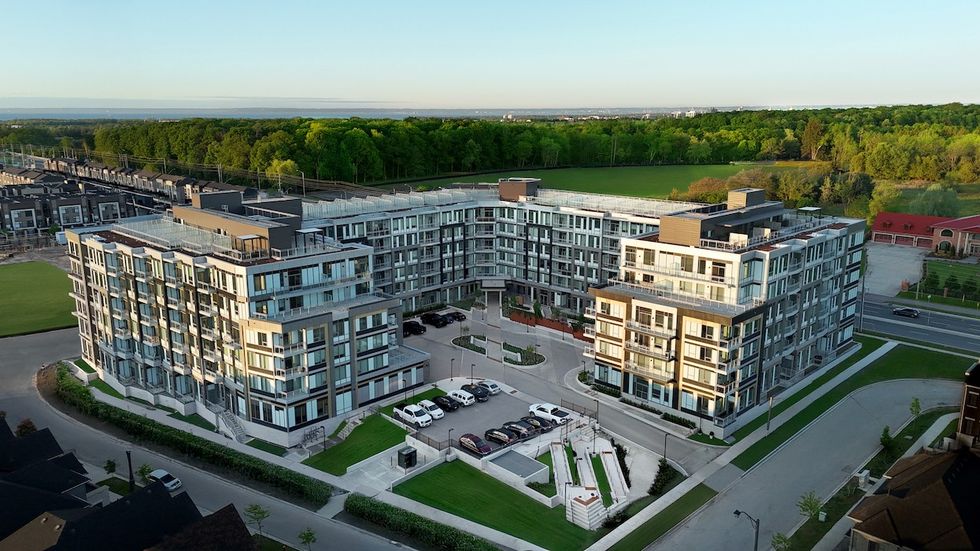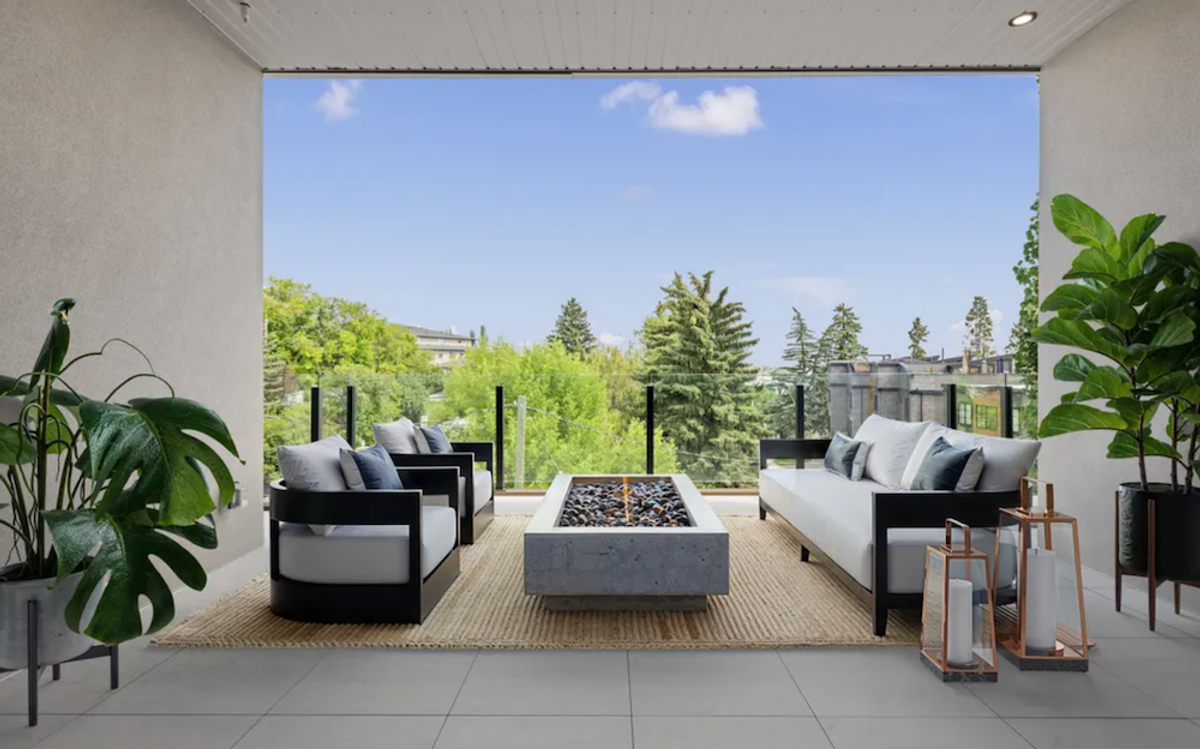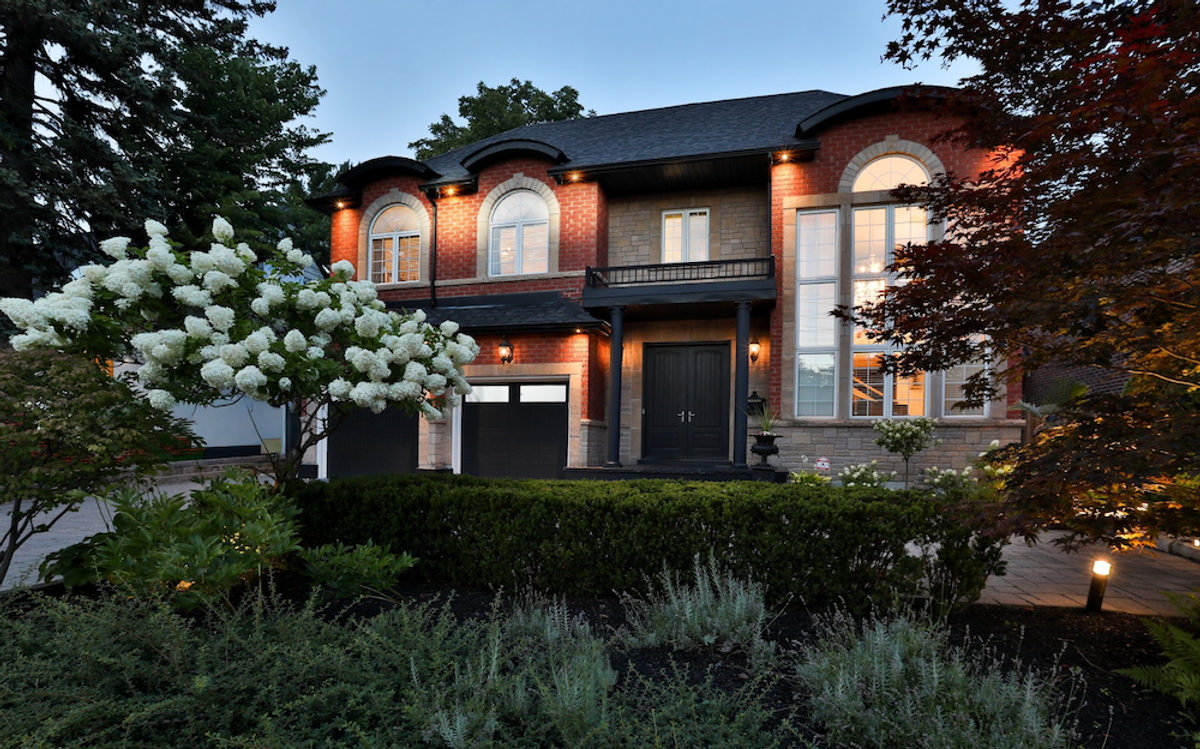BC homebuilders, big and small, have been scrutinizing their supply sources intently the last two weeks, after a roller-coaster ride with US President Donald Trump threatening tariffs, pausing them, then starting up the threats again and adding new wrinkles each time.
But they’ve also started to call for policy changes that federal and provincial governments might need to make in order to ensure the development industry can get out of near-stall mode. That’s where many of them say they are between tariffs, high construction costs, still-high financing costs, softening rental markets, bans or taxes on foreign investors, and hefty development-cost charges from local governments.
“Our economy is weak. Is now the time to re-think the foreign buyers’ tax?” asked Rick Johal, President of Zenterra Developments, one of the largest condo and apartment builders south of the Fraser River. “We have people coming through our sales centre. They have work permits, but aren’t permanent residents yet. Why are we not allowing them to invest?”
Evan Allegretto, President at Intracorp, which has a number of high-rise condo- and rental-apartment projects on the books in Vancouver, said governments need to find some long-term solutions to what has become a near-impossible market for housing development.
“I do like the idea of allowing foreign investment in new builds,” he said, referring to an idea similar to what Australia has. It has strict rules about not allowing offshore buyers to purchase existing apartments or homes, a policy it just reinforced and tightened further, but it does allow them to invest in new construction. “If they choose to rent it, it creates housing.”
And it’s urgently needed, Allegretto said.
“We have no capital in our system right now. The pension groups are out of the market.”
And Rick Ilich, currently the chair of the Urban Development Institute, says the same, while spelling out some conditions that might make people more confident about the benefits.
“The country desperately needs investment. We have been suggesting that we find a way to get investors and foreign money back into the market. They can buy here, for example, but have to enter a pre-sale campaign for five years. There are thousands of pre-sale condos that could enter the rental pool that way.”
They are also hoping the crisis prompts governments, especially Metro Vancouver, to re-consider the impacts of huge increases in development-cost charges in the past year.
There’s little sign that the federal or BC governments have much bandwidth to look at changes like that immediately, as they scramble to figure out what President Trump might do or say next that will cause more economic damage in Canada.
BC Housing Minister Ravi Kahlon said his government is in “active conversations” with Metro Vancouver, which recently imposed some of the highest fee increases, and the federal government and he is “cautiously optimistic we will be able to land in a better place.”
But he said there’s no immediate movement on other ideas. “We have to have further engagement with the Finance Minister on that.”
In the meantime, both Kahlon and developers are hunting around intently for ways to minimize the added impacts there might be as Canada imposes counter-tariffs on some American goods if President Trump’s blanket Canadian tariffs are eventually realized.
Those $30-billion of strategic counter-tariffs that Prime Minister Justin Trudeau said Canada was prepared to bring in could affect everything from windows to insulation to appliances that normally come from the US.
“We have concerns about 40 to 60% of home-building supplies,” said the Minister. “We’re doing some work on ways to pivot to other jurisdictions. We’re starting to map out the supply chains and look around.”
Andrew Peterson, Director of Development at PC Urban, a company that has built $3.5 billion in commercial and residential projects, said his company has gone through all of its current projects in the pipeline and “identified our exposure.”
The company is going to leave fewer decisions about materials in the hands of contractors and design teams, he said, so as to make sure they incur the least amount of pain paying for American products that are potentially going to have tariffs on them.
Some items are easier. There’s a window company in Surrey, Starline Windows, that PC Urban can turn to, along with other Fraser Valley companies that produce panelling.
The same kind of recalculation is going on with smaller builders.
“There’s a real concern about the cost of steel and bracing components, whatever goes through the States,” said Wendy McNeil, the acting CEO of Homebuilders Association Vancouver, a group that represents 1,400 companies in residential construction. “HVAC equipment is imported from the States as well.”
Like others, she said that governments will need to look beyond just helping out with supply alternatives.
“Anything that takes away our ability to invest in our own economy should be examined. Maybe there is a way to relieve some of the constraints.”
The concern about sourcing materials percolates down to niche builders as well, who are a long way from putting up $300-million condo towers.
Bryn Davidson, who specializes in laneway and detached main homes using passive-house building techniques, said he also has been hunting around for alternatives.
“The question is, can we find an easy substitute from Europe or Japan or China” if any alternative can’t be found in Canada is something he has been trying to find out.
One regulatory hurdle that governments could deal with is that a lot of the standards for various building materials are very “America-centric.” If that could be changed, “there are a lot of great products in Europe and Asia, but we would need regulatory support to pivot to them,” said Davidson.
His top material concerns: fibre-cement siding (often called Hardieboard by users) which is “bread and butter for the industry,” mineral-wool insulation, peel-and-stick-membranes, waterproofing.
Davidson said his early searching has found some Canadian replacements, like a Quebec-based company with a facility in Kelowna that produces fibre-cement siding. Though, as he notes ruefully, the company likely couldn’t keep up if a lot of builders switched to buying from them.
Lumber is a conundrum for everyone, which seems like a contradiction in terms for forest-rich BC, but much of the province's wood is shipped raw to the United States, processed in a mill there and then shipped back to the province.
That is likely to be a continuing topic of news coverage, since California is going to have a huge demand for BC lumber as Los Angeles builders take on the task of rebuilding thousands of homes destroyed in the recent wildfires.
As to what the cost impacts will be, everyone is still working that out, how much might it cost if X percentage of building materials are subject to Y tariff, for example.
Then there’s the question of what else might be in the works as President Trump and his team pursue their unprecedented effort to upend global trade and politics.
“I wouldn’t be surprised at what’s next,” said Davidson.
